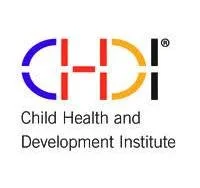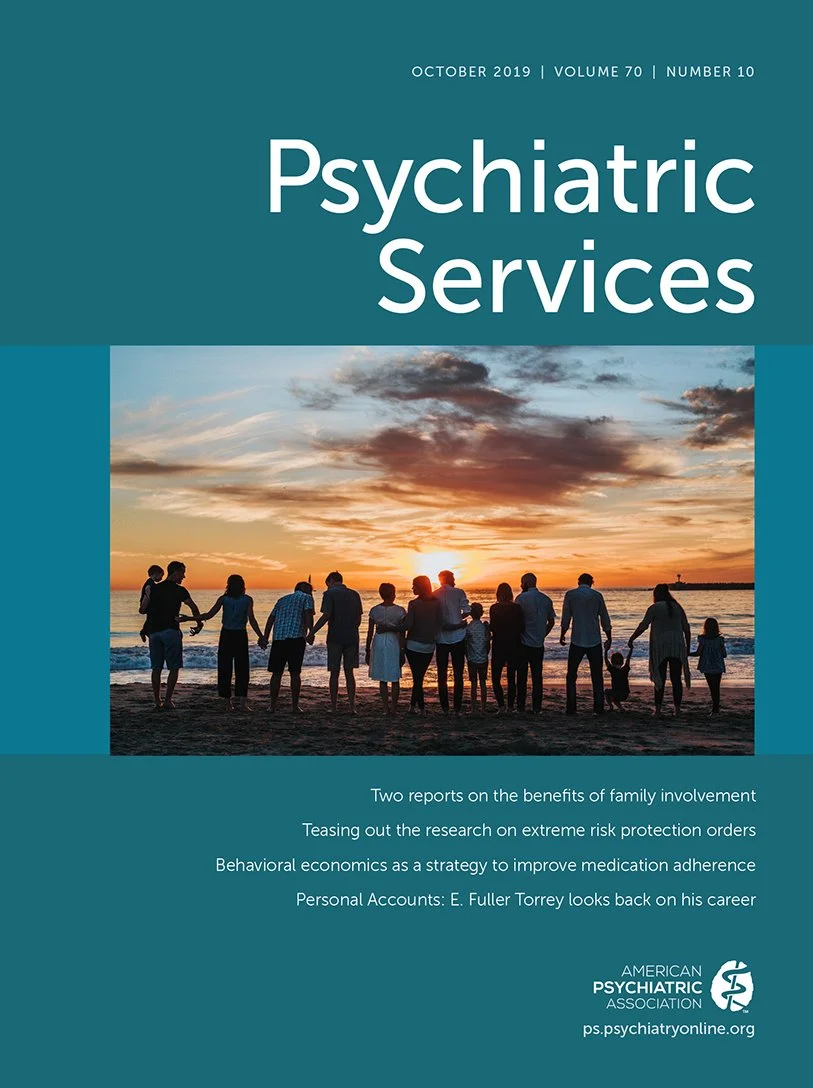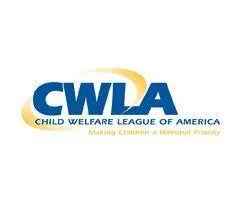
Youth Crisis Calls
Why we track this indicator
Utilization of the Youth Crisis Mobile Team for children and youth ages 0-22 provides rapid, in-person support to young people and their families experiencing mental health or substance use crises. These services offer a continuum of care, aiming to stabilize crises in the community, reduce the need for emergency room visits or inpatient psychiatric hospitalization, and connect youth with ongoing mental health and social services.
Youth Crisis Call Data Breakdown
Status: Red
Definition: The total number of Youth Crisis Calls each quarter
Source: Oaklawn Crisis Center
Last Updated: June 2025
Mitigating Factors: None Noted
Methodology
Methodology:
Goal: To increase use of Youth Crisis services to address mental health and substance use crises and connect youth and families with ongoing mental health and social services.
Traffic Light:
Green: An increase of one or more youth crisis calls than the previous quarter.
Gray: No change from the previous quarter.
Red: A decrease of one or more youth crisis calls than the previous quarter.
Supporting Research
Mobile Crisis Services:
An Effective Approach for Reducing Emergency Department Utilization
CA recent study sought to examine for the first time whether youth using Connecticut’s Mobile Crisis service were less likely than their peers to use ED services. The study was funded by The Children’s Fund of Connecticut and conducted by Dr. Michael Fendrich and colleagues at the University of Connecticut School of Social Work, with additional support from Beacon Health Options (later renamed Carelon). The study linked Mobile Crisis data with Medicaid claims data and used a propensity score matching procedure to create a comparison group of similar youth with behavioral health conditions who had not used Mobile Crisis services. Over a follow-up period of 18 months, the group that used Mobile Crisis services demonstrated a 25% reduction in risk of subsequent ED utilization relative to the comparison group.5 aption here
Impact of Mobile Crisis Services on Emergency Department Use Among Youths With Behavioral Health Service Needs
CUsing comparison groups, the authors provided evidence suggesting that community-based mobile crisis services, such as Mobile Crisis, reduce ED use among youths with behavioral health service needs. Replication in other years and locations is needed. Nevertheless, these results are quite promising in light of current trends in ED use.aption here
Report on Effectiveness of Youth Mobile Response
In 2019, a survey conducted among Connecticut parents, showed an average of 8.8 percent improvement in child functioning and 10.8 percent decline in child problem severity following mobile crisis involvement. Connecticut’s program has shown many strengths like their high mobility rates, and their statewide system. Additionally, the implementation of their strong data system, allows them to run data analysis to track the demographics of their clients, has given them the tools for improvement.
Similarly, Oklahoma has successfully implemented an evolved Mobile Crisis Response and Stabilization system creating a positive impact on communities. Oklahoma’s original model only addressed acute mental health issues, requiring a criterion one must meet in order to receive care. The new model offers families the ability to define their own criteria, which in turn resulted in decreased suicide calls to the police, high rates of students receiving services and returning to class, reduction in Medicaid costs, and positive change in youth behavior and functioning.Caption here

Related Indicators
Click to see more data trends related to Youth Crisis Calls
Oaklawn
Oaklawn services span the continuum of care, including inpatient treatment, psychiatric services, therapy, care facilitation, skills training and more. They also offer specialized services to meet the unique needs of our community.
CAPS - Child and Parent Services
CAPS aims to support families to ensure that every child lives a life free from abuse and neglect. CAPS aspires to be a community where children are safe and families thrive.

Indicators in Action
The ‘Data Action Mini Grant’ program will provide low barrier grants to collaborating partners which will help increase cross-system collaboration and facilitate the community response to needs and/or gaps identified through the Elkhart County Child Dashboard. Applicants may request up to $2,000. Two or more applicants can collaborate for collaborative action based upon one or more data indicators and increase the grant request. By leveraging the ‘Data Action Mini Grant’ program partners can have a platform that helps to inform community goals and creates a stronger sustainability platform for their programs.
For a copy of the 1-page proposal template click here or email David Wiegner.






